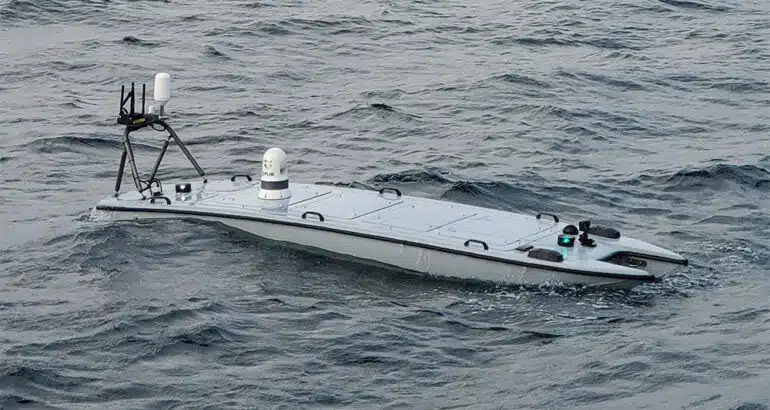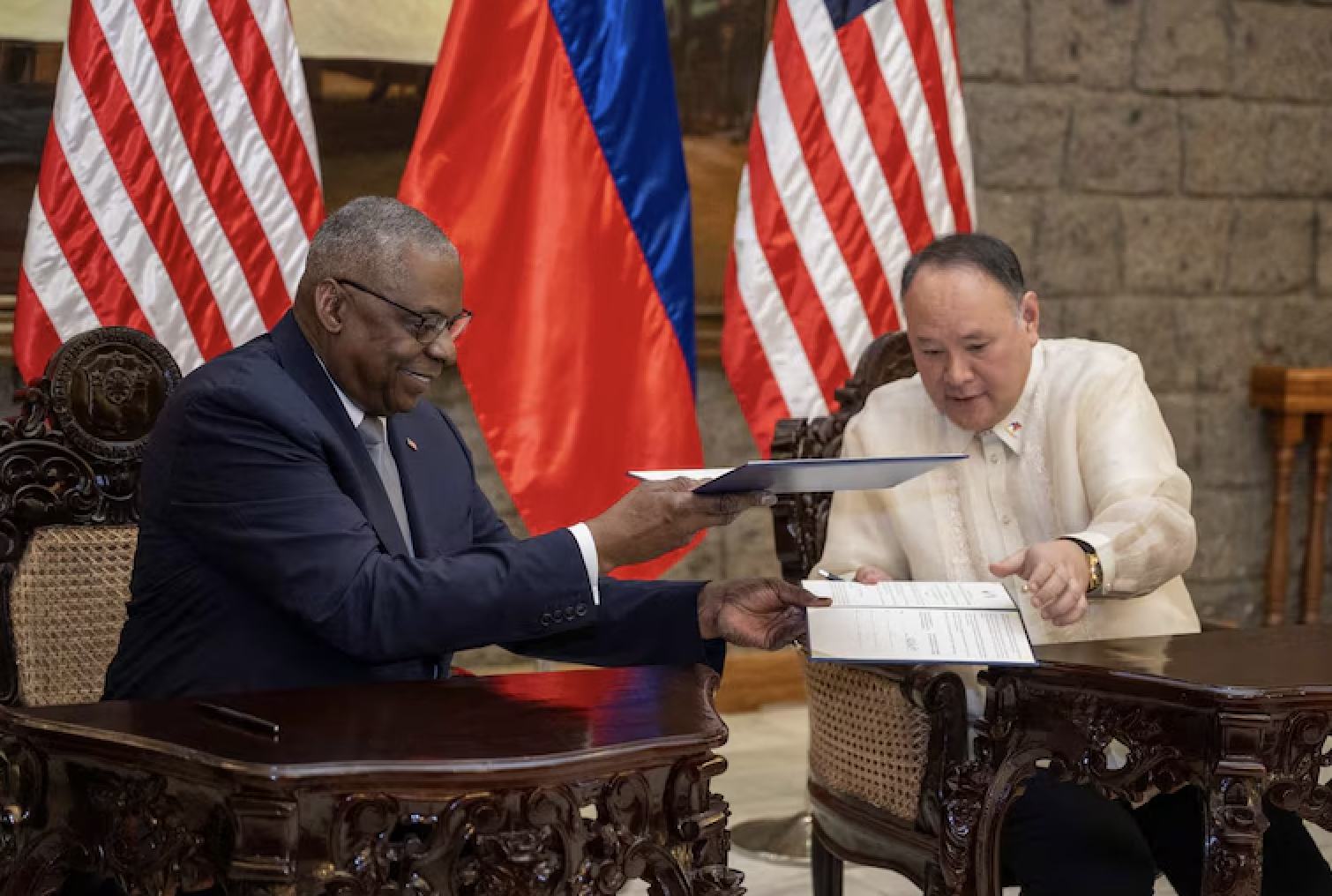The T-12 USV and Filipino Security and Defense
In a November 18, 2024, U.S. Department of Defense press release focused on the U.S. Sec Def visit to the Philippines, the next steps in the alliance were highlighted:
Secretary of Defense Lloyd J. Austin III arrived in the Philippines today where he continues to build on the momentum built under his tenure in strengthening the long-time U.S.-Philippine alliance.
Throughout the two-day stop during his 12th trip to the Indo-Pacific, the secretary will engage with senior leaders to reaffirm the United States’ ironclad commitment to the U.S.-Philippine mutual defense treaty and continue to build upon the foundation of defense cooperation and interoperability between the two nations.
Today, Austin met with Philippine Secretary of National Defense Gilbert Teodoro for a bilateral exchange before attending an official signing ceremony for the newly established General Military Information Agreement, or GSOMIA, that provides a legal framework enabling enhanced and expanded sharing of information and defense technology between the two countries.
The agreement, which was reached after two years of highly detailed negotiations, marks a “huge breakthrough in our ability to continue to deepen the detailed cooperation that we have with the Philippines,” a defense official said following today’s signing ceremony.
The agreement serves as a foundation for further enhancing interoperability between U.S. and Philippine forces and paves the way for additional security agreements in the future.
Austin and Teodoro also broke ground on a new combined coordination center at Camp Aguinaldo in Manila to further enable information sharing between U.S. and Philippine forces.
The new center will boost interoperability “for many years to come,” Austin said during the groundbreaking.
“It will be a place where our forces can work side by side to respond to regional challenges,” he said. “You’ve heard me say so many times as secretary that we are more than allies. We are family.”
Later, Austin met with Philippine President Ferdinand Marcos, Jr. at Malacanang Palace in Manila where the secretary further underscored the strong ties between the two countries…
Before departing the Philippines tomorrow, Austin is scheduled to observe a Philippine Navy tech demonstration showcasing T-12 unmanned surface vessels provided by the U.S. through foreign military financing. The T-12 is a key capability used by Philippine forces to protect its sovereignty and operate throughout its exclusive economic zone in the South China Sea.

A 19 November 2024, Naval News story provided further details:
The MANTAS T-12 is 3.6 meters long and can support payloads of up to 64 kilograms. Missions listed also include surveillance, swarming operations, and electronic warfare, according to an infographic from the company on the system. A feature of the USV highlighted by MARTAC that customers could purchase is its “gator mode,” a semi-submersible capability that would awash the MANTAS T-12 for stealth missions. While the exact specifications of the Philippine Navy’s variants are unclear, an image of the drone from the service’s recent Asymmetric Warfare Symposium reveals what appears to be a mounted EO/IR system and Starlink terminal.
Austin claimed that the drones arrived in the Philippines this year through a security assistance scheme and that the U.S. expects to fund more USVs via the $500 million of foreign military financing previously pledged to Manila in July. “These developments ensure that the Philippines has the capabilities it needs to defend its rights and its sovereignty throughout its exclusive economic zone,” said Austin.
Naval News previously reported on the existence of the Philippine Navy’s new USV unit in an interview with the former commander of the Philippine Navy, Toribio Adaci, during the Asia Defense and Security Exhibition in September. Adaci claimed that the service needed USVs to enhance the country’s maritime domain awareness within its exclusive economic zone, which has been constantly impeded by Chinese forces in an ongoing dispute between Manila and Beijing in the South China Sea.
The USVs are the first in Philippine Navy history, coming amid the use of these cheap asymmetric systems by the Ukrainian Navy in the Black Sea as well as the Houthis against global shipping and an international coalition in the Red Sea. With the disparity in capabilities between the Philippines and China, Collin Koh, a Senior Fellow at the S. Rajaratnam School of International Studies, explained to Naval News that the Philippines putting these systems into “frontline service” in an area like Palawan, a province facing the disputed South China Sea, is a first for the region.

